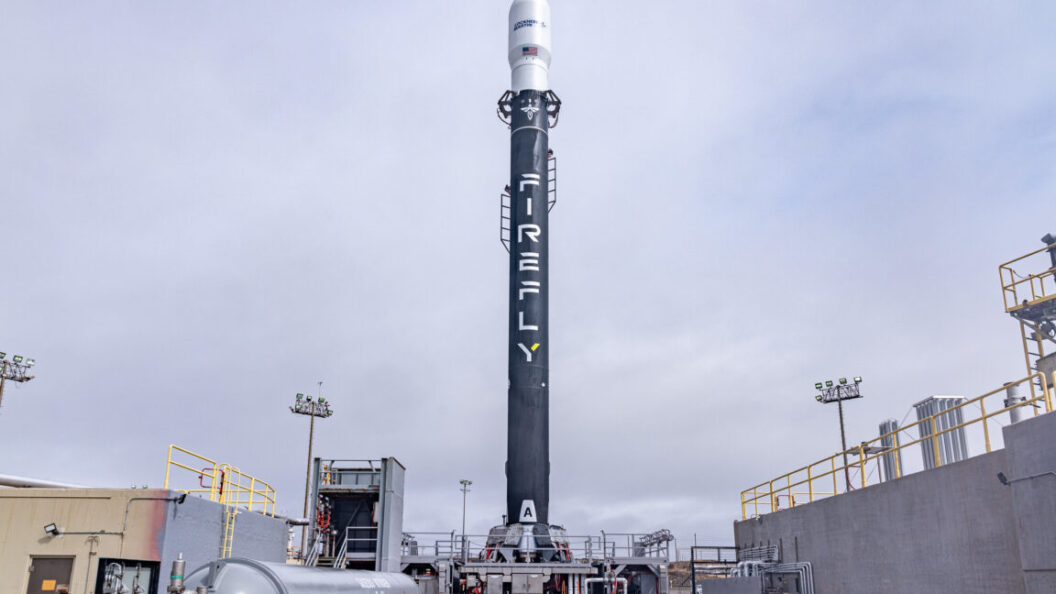Firefly Aerospace Aims for Market Share with Alpha Rocket
In a competitive landscape for satellite launches, Firefly Aerospace’s Alpha rocket is carving out a niche aimed at spacecraft that don’t fit the typical size constraints. This follows recent launches including a technically significant flight that was marred by the loss of a key payload.
European Competition in Space Launch
Several European launchers, including Arianespace’s Vega, Isar Aerospace’s Spectrum, and Rocket Factory Augsburg’s RFA One, are now operational or in development. These vehicles boast lift capacities that either match or slightly exceed those of Firefly’s Alpha. As these companies ramp up their capabilities, Firefly faces increasing pressure to demonstrate the reliability and value of its launch service.
Filling a Market Niche
Firefly asserts that its Alpha rocket serves a unique niche—suitable for satellites that are too large for Rocket Lab’s Electron but too small to justify a dedicated launch with industry giant SpaceX. This positioning is underscored by a series of contracts that Firefly has secured from major customers. Notably, the recent launch marked the initial flight of up to 25 Alpha missions booked by Lockheed Martin. These missions aim to deliver a suite of technology demonstration satellites, starting with the 3,836-pound (1,740-kilogram) LM-400, which unfortunately was lost during the launch.
Strong Demand from Government and Commercial Clients
Beyond Lockheed Martin, Firefly has attracted attention from prominent government agencies, including NASA and the National Oceanic and Atmospheric Administration (NOAA), as well as the National Reconnaissance Office and the US Space Force. Such partnerships have positioned Firefly with the fourth-largest confirmed backlog of launch contracts among US companies, following SpaceX, United Launch Alliance, and Rocket Lab.
Future Developments and Moon Landing Achievement
While the Alpha rocket continues its operational flights, Firefly is ambitiously developing a larger Medium Launch Vehicle in collaboration with Northrop Grumman. The company’s recent milestone includes a landmark event—the first successful landing on the Moon by a commercial entity, marking a significant achievement in its 11-year history.
Controversy in the Launch Market
However, there’s debate surrounding the viability of Firefly’s strategy. Peter Beck, CEO of Rocket Lab, contends that rockets like Alpha occupy a "no man’s land" in the launch market. He suggests that it is "too small to be a useful rideshare mission and too big to be a useful dedicated rocket" for small satellite launches. This perspective raises questions about the future of Firefly’s Alpha in an increasingly crowded market.
Looking Ahead: The Path to Reliability
To counter skepticism and validate its market position, Firefly will need to enhance the reliability of its rocket. Establishing a track record of success could be vital to proving critics like Beck wrong and securing further contracts in a rapidly evolving industry.
In conclusion, while Firefly Aerospace’s Alpha rocket currently faces significant challenges, its unique positioning and government backing may offer a path forward. The company’s ability to innovate and demonstrate reliability will be central to its future success in the highly competitive satellite launch market.









